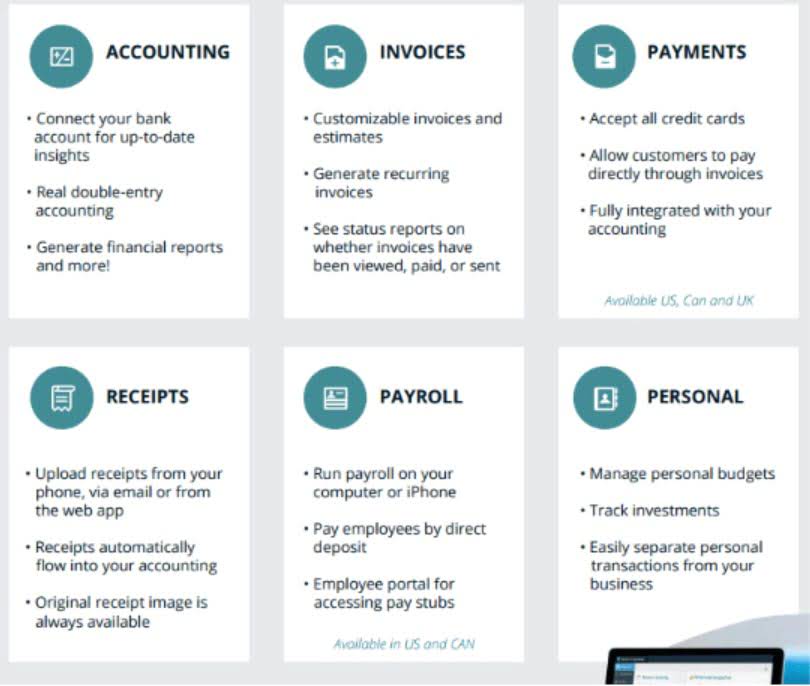What is working capital? Sage Advice United Kingdom
The working capital ratio can be misleading if a company’s current assets are heavily weighted in favor of inventories, since this current asset can be difficult to liquidate in the short term. A similar problem can arise if accounts receivable payment terms are quite lengthy (which may be indicative of unrecognized bad debts). It is meant to indicate how capable a company is of meeting its current financial obligations and is a measure of a company's basic financial solvency. In determining working capital, also known as net working capital, or the working capital ratio, companies rely on the current assets and current liabilities figures found on their financial statements or balance sheets. It's a commonly used measurement to gauge the short-term health of an organization. Working capital is the difference between a company’s current assets and current liabilities.
The quick ratio excludes inventory, which can be more difficult to turn into cash on a short-term basis. You can calculate the current ratio by taking current assets and dividing that figure by current liabilities. Generally, the higher the ratio, the better an indicator of a company's ability to pay short-term liabilities. This article has covered the foundations of working capital management, focusing on the analysis of current assets and current liabilities. Working capital represents the net current assets available for day-to-day operating activities. It is defined as current assets less current liabilities and, in exam questions, the components are usually inventory and trade receivables, trade payables and bank overdraft.
Working Capital: The Quick Ratio and Current Ratio
Even if a company has a lot invested in fixed assets, it will face financial and operating challenges if liabilities are due. This may lead to more borrowing, late payments to creditors and suppliers, and, as a result, a lower corporate credit rating for the company. If the current ratio falls below 1 this may indicate problems in meeting obligations as they fall due. Even if the current ratio is above 1 this does not guarantee liquidity, particularly if inventory is slow moving. On the other hand a very high current ratio is not to be encouraged as it may indicate inefficient use of resources (for example, excessive cash balances). A working capital ratio of 1.0 means that a company’s assets exactly match its liabilities.
After all, a business cannot rely on paper profits to pay its bills—those bills need to be paid in cash readily in hand. Say a company has accumulated $1 million in cash due to its previous years’ retained earnings. If the company were to invest all $1 million at once, it could find itself with insufficient current assets to pay for its current liabilities. A similar financial Accounting For Small Start-up Business metric called the quick ratio measures the ratio of current assets to current liabilities. In addition to using different accounts in its formula, it reports the relationship as a percentage as opposed to a dollar amount. Working capital is the amount of money that a company can quickly access to pay bills due within a year and to use for its day-to-day operations.
Working Capital and the Balance Sheet
Current liabilities are all the debts and expenses the company expects to pay within a year or one business cycle, whichever is less. This typically includes the normal costs of running the business such as rent, utilities, materials and supplies; interest or principal payments on debt; accounts payable; accrued liabilities; and accrued income taxes. The length of the cash operating cycle indicates that there will be 70 days between Topple Co receiving cash from sales and paying cash to suppliers. This is significantly longer than the industry average of 29 days (53 + 23 – 47) and likely to lead to liquidity problems, as evidenced by the size of the overdraft. Moreover, a business’s working capital balance can also hint at its operational efficiency.
Working capital is calculated by taking a company’s current assets and deducting current liabilities. For instance, if a company has current assets of $100,000 and current liabilities of $80,000, then its working capital would https://simple-accounting.org/the-basics-of-nonprofit-bookkeeping/ be $20,000. Common examples of current assets include cash, accounts receivable, and inventory. Examples of current liabilities include accounts payable, short-term debt payments, or the current portion of deferred revenue.
Liquidity ratios
It indicates if a business has enough assets to cover its short-term debts while also funding day-to-day operations. This ‘snapshot’ tells us whether a business can comfortably cover all its upcoming obligations—such as supplier payments, salaries, rent, and other operational costs—with the assets the business currently holds. Working capital is also a measure of a company’s operational efficiency and short-term financial health. If a company has substantial positive NWC, then it could have the potential to invest in expansion and grow the company. If a company’s current assets do not exceed its current liabilities, then it may have trouble growing or paying back creditors.
Furthermore, many exam questions only provide information about inventory as at the year-end, in which case this must be used as a proxy for the average inventory level. Although cash obviously provides liquidity it generates little return, even if held in the form of cash equivalents such as treasury bills. This is particularly true in an era of low interest rates (for example, in November 2016 the annualised yield on three-month US dollar treasury bills was approximately 0.4%). Too little working capital and a business risks insolvency (the inability to pay its debts). Too much working capital, and the business could be missing opportunities for growth because assets are tied up in cash or not being used efficiently. Another possible reason for a poor ratio result is when a business is self-funding a major capital investment.



